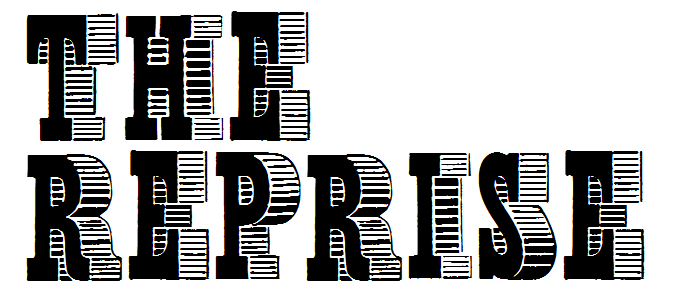Like a Man in the Distance: Kevin Morby
Kevin Morby recently released his third studio album Singing Saw to rave reviews, wide acclaim and non-stop plays by us here at The Reprise. A perfect progression of Morby’s previous efforts (2013’s Harlem River and 2014’s Still Life, as well as his work in other bands – detailed below), he wears his influences (Bob Dylan, Lou Reed, Leonard Cohen and large helpings of Lee Hazlewood) on his sleeve, whilst displaying a frankly worrying amount of damaged emotion and world-weariness for a 28 year-old.
On Singing Saw Morby creates an entire world, an impressionistic, damaged and dangerous land that he floats through, pausing for comment as he waits for the fire to engulf and reduce the musician to nothing but ash. The album was borne of Morby relocation in Autumn 2014, to a small Los Angeles neighboured called Mount Washington (glimpsed on the cover of the LP) where he would take long walks through the hills, one eye on the dry natural underbrush and one on the unnatural bustle of Los Angeles’ skyline. The previous tenants of the home he now occupied had left an upright piano behind and Morby, a beginner to the instrument, decided to teach himself how to play, drawing from his surroundings to form this new album.
The album teeters between moments of deep introspection, with fears of collapsing mental faculties on ‘Ferris Wheel’ and self-imposed loneliness on ‘Destroyer’, whilst also taking time to observe the modern world, commenting on police brutality in ‘I Have Been to the Mountain’ (dedicated to the death of Eric Garner). The titular instrument, a hand-saw played with a bow, makes repeated appearances throughout the album, providing a sinister and other-worldly whirr to the proceedings whilst a trio of backing-singers (Hannah Cohen, Lauren Balthrop and Alecia Chakor) bring the sound back to earth with classic soaring harmonies. Singing Saw is not an album to create a new type of music, drawing upon Morby’s already established position as a music to create a perfect blend of new and old, a push and pull that he relates to both musically and lyrically throughout the album.
Morby got his break playing with the Brooklyn psychedelic noise-folk Woods for their 2010 LP At Echo Lake, which is still held up as one of the prolific group’s best records to date. The arrival of Morby on bass marked the moment the group successfully transitioned from its beginnings as the lo-fi side project by Jeremy Earl and fellow members of the band Meneguar (original member Christian DeRoeck, later joined by Jarvis Taveniere) into a fully-fledged indie-rock outfit capable of touring the world and releasing a steady stream of fuzz-tinged Americana records. With Earl’s high-pitched falsetto and moments of psych-garage stomp, the band drew comparisons to Crazy Horse era Neil Young and became celebrated by much-vaunted bastions of popular music such as Pitchfork Media (who named At Echo Lake as one of the best albums of 2010).
However, this hectic touring schedule began to take its toll on Morby and he formed another band in 2008 with his then flatmate Cassie Ramone, guitarist and vocalist for noise-pop group The Vivian Girls, who was similarly feeling the pressures of being in a ‘buzz’ band. Aiming to recapture the early, stress-free days of playing music with friends, taking time and creating something out of pressure-free passion and joy of music. Although the group took a while to get off the ground, gradually adding members over the following two years and finally taking to the stage in 2010, with a self-titled album in 2011. Their sound was a perfect blend of the sugar-coated fuzz and harmonies sound of The Vivian Girls and the more ramshackle psych-folk of Morby’s work with Woods. The group released a follow up in 2012, entitled Our House on the Hill, before disbanding to focus on their individual careers.
By Sean Greenhorn

